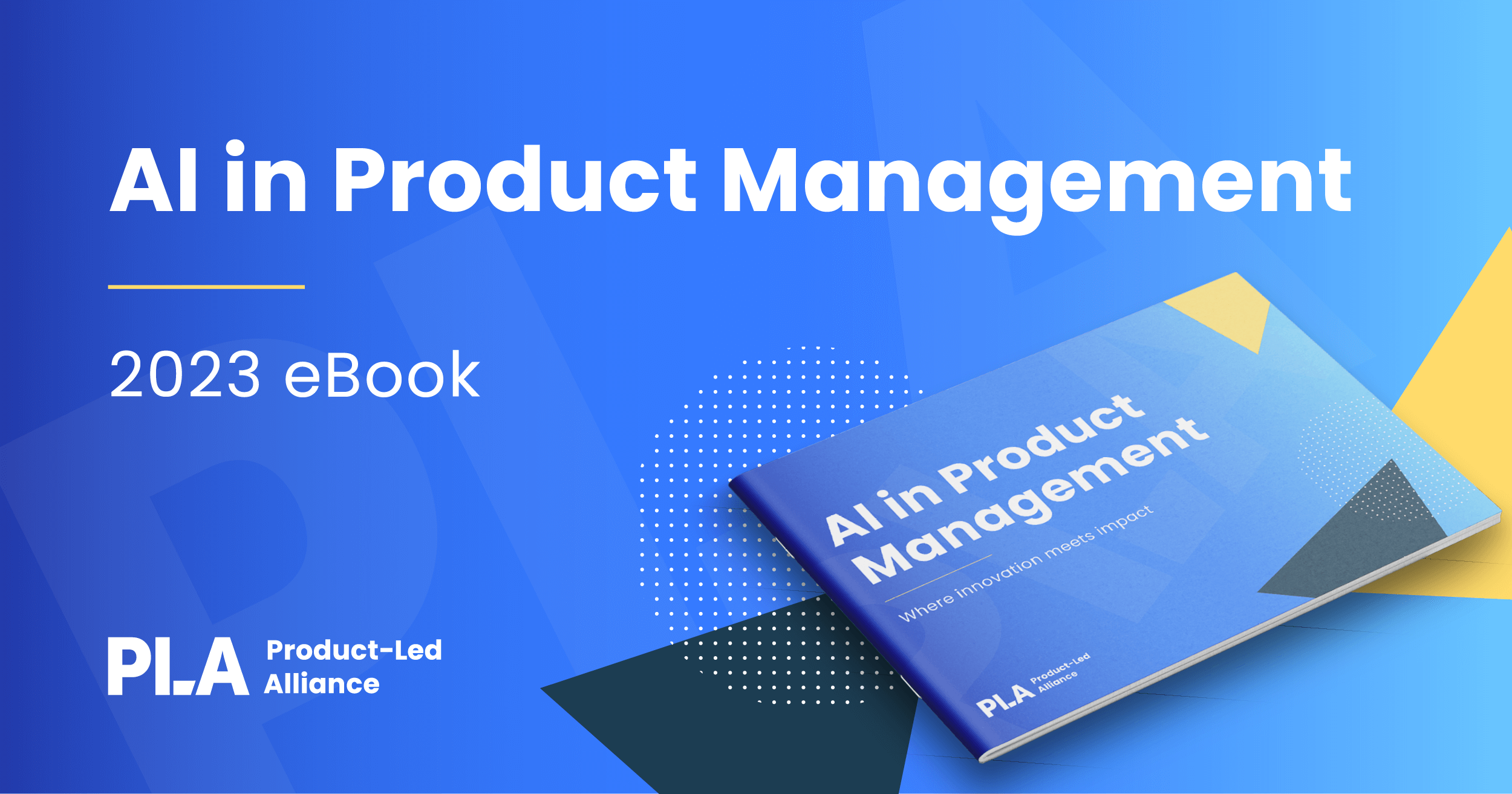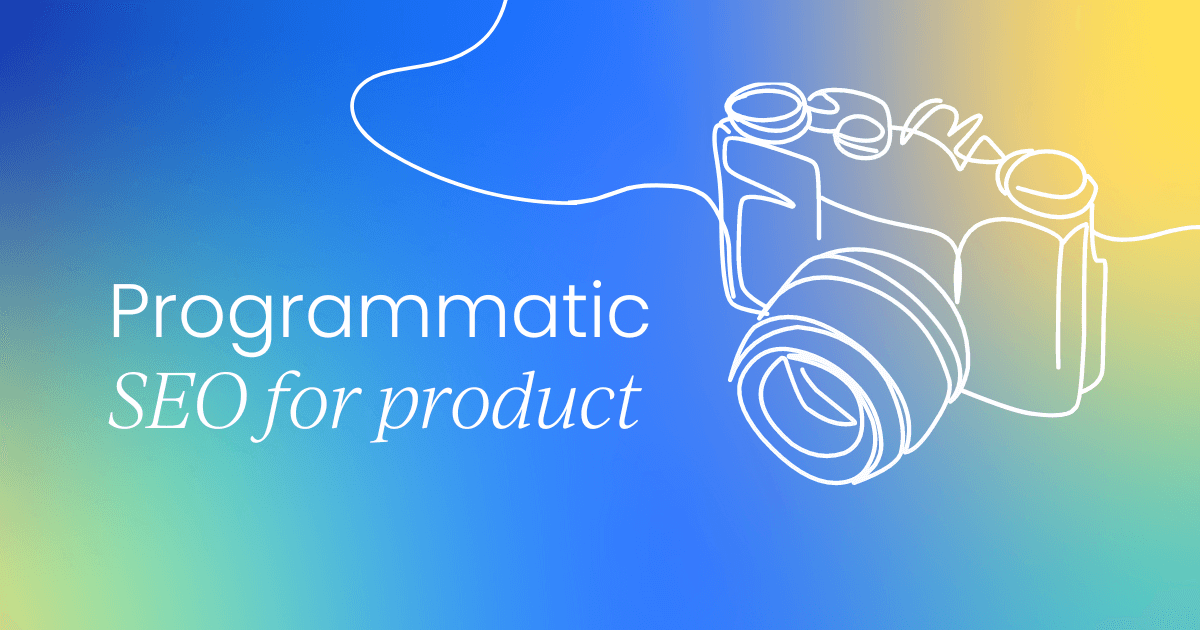Getting organic traffic isn’t just about good content or a few strategic keywords. It’s about leveraging every tool available to maximize impact—efficiently and at scale. Enter programmatic SEO—a game-changer that is not only automating SEO strategies but also aligning perfectly with the principles of product-led growth.
This approach allows companies to create massive amounts of relevant, tailored content—often in the form of landing pages—without needing to manually generate each one. For businesses focused on product-led growth, programmatic SEO is a powerful way to showcase product features and capture potential users right when they’re searching for solutions.
But what exactly is programmatic SEO? And how does it complement product-led growth? Let’s dig in.
What is programmatic SEO?
Programmatic SEO is a highly scalable, automated approach to search engine optimization. Instead of creating individual pages manually and optimizing them for SEO one by one, you use automation to generate hundreds or thousands of pages tailored to specific long-tail keywords. Each of these pages is designed to meet the specific needs of users searching for those terms.
Think of programmatic SEO as building a system that works for you, one that uses automation to create a massive web of landing pages that target specific user queries. For example, if your product offers a feature-rich platform with multiple tools, you can create dedicated pages for each feature, tool, or user scenario—programmatically, at scale.
Why programmatic SEO and product-led growth work so well together
At its core, product-led growth (PLG) is about putting the product at the center of customer acquisition and retention strategies. The idea is that the product sells itself, and users become advocates after discovering the value it provides. This model thrives on self-serve access to product features and freemium offerings, making it essential for users to find your product at the exact moment they need it.
Now, think about the role of SEO in that equation. Your potential customers are out there, searching for solutions. They might not know your product exists, but they’re Googling the features, benefits, or use cases that your product solves. Programmatic SEO allows you to tap into those search moments by creating targeted landing pages for each feature, use case, or customer pain point.
Rather than relying on a few high-traffic pages, you cast a much wider net, giving your product greater visibility in search results. This means more opportunities to attract new users and guide them toward your product.
Automating SEO strategies for the PLG model
In the world of product-led growth, users want to see value before they commit. Programmatic SEO helps you deliver that value through tailored landing pages that speak directly to what the user is searching for.
Let’s break down the key ways programmatic SEO supports product-led growth:
1. Creating high-intent landing pages at scale
Traditional SEO might have you build out a landing page for each major product feature, but what about the dozens of variations and long-tail keywords that people search for? Programmatic SEO allows you to create an array of landing pages—each one customized to target a specific search query.
For instance, imagine your product has a feature that allows users to integrate with multiple CRM tools. Instead of one generic page, programmatic SEO can help you create separate pages for each CRM integration (e.g., “How to integrate with Salesforce,” “Using HubSpot with our tool,” “Connect Zoho CRM with our platform”).
Every page is an opportunity to capture high-intent users who are looking for specific answers or solutions. By automating the process, you ensure your product has a broader reach in search engine results.
2. Capitalizing on long-tail keywords
Long-tail keywords often represent search queries with specific intent—users who know what they want and are close to making a decision. These searches might not get a ton of traffic individually, but when aggregated, they represent significant opportunities for growth.
For example, instead of targeting a broad term like “project management software,” you could programmatically generate pages around more specific searches like “project management software with time tracking” or “collaborative project management tools for remote teams.”
The beauty of programmatic SEO lies in its ability to target these long-tail keywords without requiring manual effort for each one. You identify patterns in search behavior and create content that speaks directly to those users’ needs.
3. Leveraging product features as SEO assets
With programmatic SEO, your product’s features become your SEO assets. Each feature can have its own dedicated landing page, optimized for the queries users are searching for. Instead of burying features within a single product page, programmatic landing pages highlight them individually, making it easier for users to find the exact solution they’re seeking.
Say your product offers robust analytics capabilities, API integrations, and mobile functionality. By generating separate pages for “analytics dashboard,” “API integrations for developers,” and “mobile-friendly project management,” you target users who are specifically interested in those features, ultimately driving higher-quality leads to your product.
These pages provide immediate answers, showcase the value of your product, and guide users toward the next step—whether that’s signing up for a free trial, exploring your demo, or diving deeper into your product offerings.
Best practices for implementing programmatic SEO
While programmatic SEO is a powerful tool, there’s more to it than simply generating a ton of pages. Without careful planning, you could end up with a flood of low-quality content that doesn’t rank or—worse—gets penalized by search engines. To get the most out of this strategy, follow these best practices:
Prioritize user experience: Every landing page you generate should be valuable to the user. Avoid thin or duplicated content, and ensure each page is focused on providing specific answers to user queries. This means high-quality copy, fast load times, and clear calls-to-action (CTAs) that guide users toward the next step in their journey.
Maintain a strong internal linking structure: When you generate hundreds or thousands of landing pages, it’s critical to have an organized internal linking structure. Think of these links as a way to build authority across your site. By connecting relevant landing pages to each other, you create a stronger web of content, helping both users and search engines navigate your site more effectively.
Optimize for mobile: With mobile search on the rise, make sure every programmatically generated page is mobile-friendly. You want fast load times with a responsive design that’s easy to use. Otherwise, you can lose people fast.
Keep an eye on performance: Programmatic SEO is powerful, but it requires ongoing monitoring. Use tools like Google Search Console to track how your pages are performing and identify any issues that might be affecting rankings. Are certain pages not driving traffic? Are users bouncing too quickly? Regularly assess and tweak your content to ensure it’s meeting user needs.
The future
As more companies adopt product-led growth strategies, the need for smart, scalable SEO will only increase. Programmatic SEO isn’t just about generating tons of content—it’s about creating the right content at the right time to capture user interest and drive them toward your product.
Looking ahead, we can expect further advances in automation, machine learning, and data-driven strategies that will make programmatic SEO even more effective. By continually refining how landing pages are generated and ensuring they deliver true value to users, companies will be able to stay ahead of the competition and scale their organic growth faster than ever.
If your business is looking to grow through product-led strategies, programmatic SEO should be a key part of your playbook. By automating SEO strategies and creating targeted landing pages at scale, you can ensure your product is always discoverable—just when users need it most.
Are you ready to dive headfirst into the exciting realm where AI and product management collide?
Check out our AI Product Manager's eBook – your ultimate guide to navigating the ever-evolving landscape of product management in the age of artificial intelligence.




 Follow us on LinkedIn
Follow us on LinkedIn




